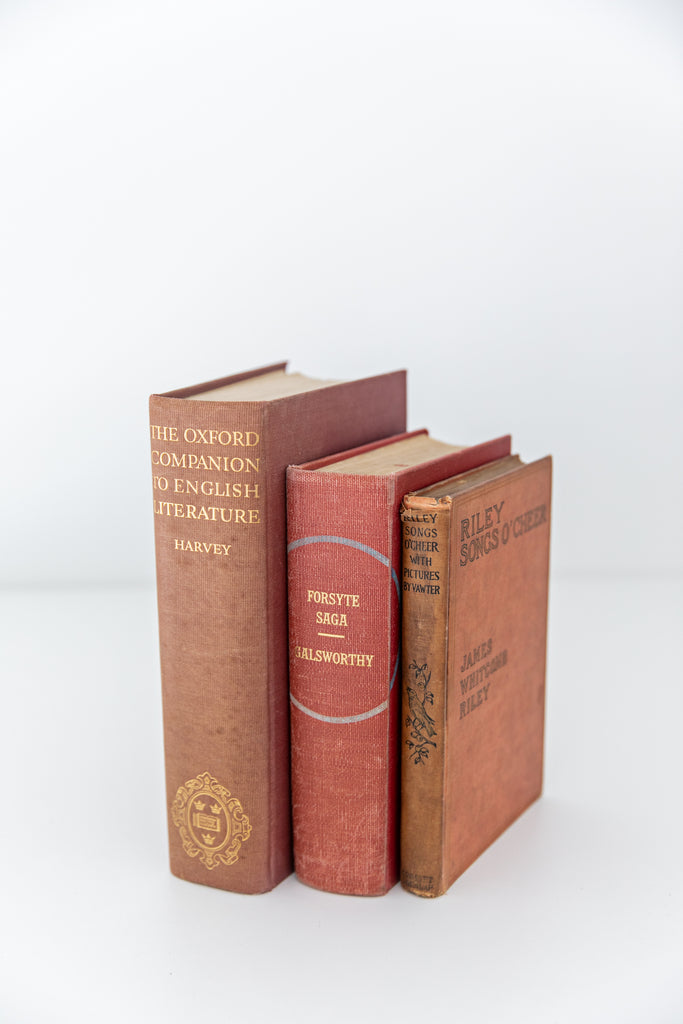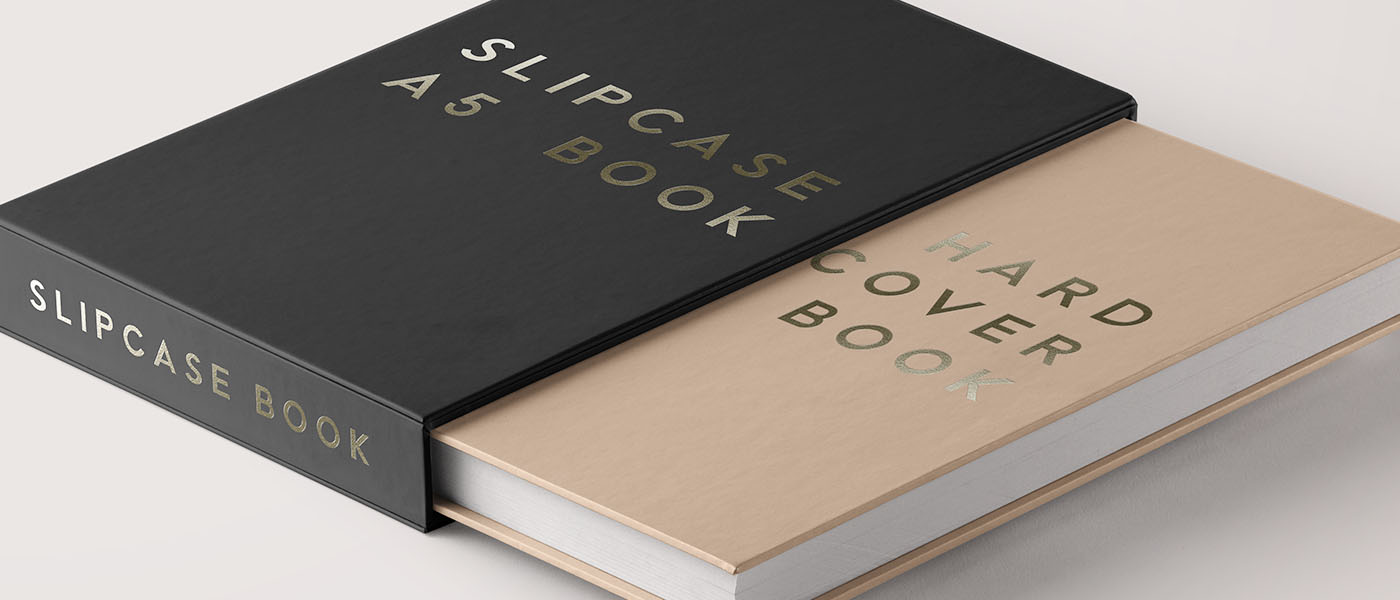Hardcover Books That Are Ideal for Decor
Hardcover Books That Are Ideal for Decor
Blog Article
A Comprehensive Overview to the Refine of Hardcover Books Printing
When you begin the journey of hardbound book printing, comprehending the whole process is vital. As you navigate through binding and top quality control, you'll discover that every decision affects the book's total charm.
Understanding the Hardbound Book Framework
When you check out the globe of hardbound publications, you'll quickly observe that their structure is intentional and unique. You'll find a fabric or natural leather covering, which not only enhances aesthetics yet likewise adds to the publication's durability.
The message block itself includes numerous signatures, or folded up sheets, stitched together for stamina. You'll see that the spine is enhanced, enabling a smooth lay-flat reading experience - hardcover books. Furthermore, the book's weight frequently shares a sense of top quality and permanence
Hardcover publications normally feature a dust jacket, which works as an advertising device while shielding the cover. Understanding these aspects aids you value the workmanship behind hardbound publications and their one-of-a-kind appeal in the literary globe.
Manuscript Preparation and Modifying
Obtaining your manuscript prepared for printing is necessary, and it begins with correct formatting guidelines. You'll need to understand the editing process to refine your job and assure it reverberates with readers. And also, understanding proofreading techniques can assist you capture those pesky mistakes prior to your book mosts likely to print.

Manuscript Format Guidelines
Proper manuscript format is necessary for creating a professional-looking hardcover book. Beginning by choosing a basic typeface like Times New Roman or Arial in 12-point dimension. Use double-spacing throughout the record to improve readability. Set your margins to 1 inch on all sides, offering your message area to breathe. Number your web pages in the top right edge, and include your phase titles at the start of each brand-new area. Usage clear headings to show sections, and prevent too much formatting like strong or italics unless essential. See to it to proofread your manuscript for consistency in style, guaranteeing that every little thing from punctuation to spacing abides by your selected standards. Following these actions will certainly set a solid structure for your publication.
Modifying Refine Fundamentals
Modifying your manuscript is a necessary action that can transform it from an outline right into a polished end product. Begin by checking out with your work critically, focusing on framework, flow, and clarity. Seek variances in your story, personality advancement, or argumentation. It's practical to take breaks between rounds of editing to acquire fresh point of views. Don't wait to reduce unneeded web content or rephrase uncomfortable sentences; this will improve readability. Take into consideration seeking feedback from relied on peers or expert editors who can offer beneficial understandings. Remember, editing and enhancing isn't almost taking care of errors; it has to do with improving your voice and guaranteeing your message reverberates with viewers. Welcome the process, and you'll see your manuscript luster.
Checking Methods Review
When you have actually polished your manuscript with modifying, the next step is to assure it's correct that could sidetrack viewers. Begin by relaxing after editing and enhancing; fresh eyes catch errors much better. Read your manuscript aloud-- this aids you hear unpleasant wording and area typos. Usage digital tools like spell checkers for first scans, yet don't count entirely on them. Take into consideration printing your manuscript; reading on paper can disclose mistakes that displays miss. Concentrate on one kind of mistake each time, whether it's punctuation or grammar, to avoid feeling overwhelmed. Lastly, get a trusted friend or professional proofreader to supply a fresh point of view. Their feedback can highlight issues you could overlook.
Creating the Publication Cover and Inside
When you're developing your publication cover and interior, you'll desire to focus on necessary design components that capture your target market's attention. Selecting the appropriate typography designs and very carefully choosing colors and imagery can make all the distinction in sharing your publication's style. Let's explore how these selections can elevate your work and draw in viewers.
Necessary Style Elements
Developing a captivating book cover and a well-designed inside is essential for drawing in visitors and improving their experience. Start with the cover; it's your initial perception. Choose colors and pictures that show your book's motif and mood. Make sure your title attracts attention and is readable, even in thumbnail dimension.
A tidy, well organized style aids visitors browse easily. Remember, a natural design throughout your book cultivates a professional look that can substantially impact a visitor's choice to select it up.
Choosing Typography Styles
Typography plays an essential role in both the book cover and interior style, forming just how viewers regard your content. When choosing typography styles, consider your publication's category and target market. A timeless serif typeface might function well for literary fiction, while a modern-day sans-serif may match a modern story. Guarantee readability; your text should be easy on the eyes, particularly for longer passages. Take note of font size and line spacing, as these components affect overall flow. Blending fonts can include passion, yet restrict it to 2 or 3 to preserve coherence. Lastly, consider power structure-- make use of various designs for headings and body text to assist visitors effortlessly through your work. Your typography options will considerably affect the reader's experience.
Shade and Imagery Option
Selecting the right shades and images is necessary for catching readers' focus and communicating your publication's styles. Start by considering your style; lively colors could help his explanation a children's publication, while muted tones match a mystery story. hardcover books. Use imagery that reverberates with your content-- images, pictures, or abstract layouts can enhance your message
When creating the cover, make particular the imagery does not overwhelm the title and author's name; quality is key. This cohesive technique not just elevates your book's visual yet additionally enriches the visitor's experience, making it a lot more remarkable.
Picking the Right Paper and Materials
When picking paper and materials for your hardcover publication, it's important to consider exactly how they'll influence the overall feel and look of your task. Beginning by choosing the best paper weight; much heavier stock commonly shares top quality and sturdiness, while lighter paper can produce a much more fragile touch. Take into consideration the coating as well; shiny paper boosts images and colors, while matte can provide a sophisticated, downplayed look.
Cloth, natural leather, or printed paper can set the tone for your book. In addition, believe regarding the binding materials; making use of top notch sticky guarantees your book lasts.
Ultimately, the options you make right here reflect your vision, so put in the time to sample different materials (hardcover books). Your options will aid produce a book that's not just visually appealing yet practical and also long lasting
The Printing Process: Strategies and Technologies
A selection of printing methods and technologies can bring your hardbound book to life, each offering special advantages. Digital printing is a preferred choice for brief runs, permitting for quick turn-around and affordable remedies. It's best when you require to print smaller sized amounts without compromising quality. On the other hand, countered printing excels in creating huge volumes, providing high-quality and regular outcomes. This approach is optimal for extensive publications where shade precision and great information issue.
Understanding these techniques helps you make educated choices, guaranteeing your hardbound book not only looks terrific however also meets your manufacturing requires effectively. Pick the appropriate strategy to raise your book's appeal and influence.
Binding Approaches for Hardbound Books
Numerous binding techniques can transform your hardcover publication right into a eye-catching and durable product. One prominent option is the instance binding technique, where the pages are stitched with each other and afterwards affixed to a stiff cover. This provides superb longevity and an expert look. One more method is the excellent binding, which utilizes adhesive to hold the web pages together, enabling a smooth spine however less longevity compared to case binding.
You might also think about spiral binding, which enables your publication to lay level, making it excellent for manuals or workbooks. Each binding technique has its benefits and fits various demands, so assume concerning your publication's objective and target market when picking the ideal choice for your job.
Top Quality Control and Last Touches
After selecting the right binding technique for your hardcover book, quality control becomes important to confirm your end product fulfills your assumptions. Beginning by inspecting the published web pages for any kind of mistakes or incongruities in shade and design. You don't intend to miss any kind of typos or misprints that can impact your readers' experience.
Following, examine the binding honesty. Verify the web pages are firmly affixed and that the spine is sturdy. A well-bound publication not only looks professional but additionally really feels resilient in your hands.
In addition, pay attention to the cover. Look for any kind of scuff marks or imbalances in the artwork. If you have actually selected special coatings like embossing or aluminum foil marking, ensure they're used constantly throughout all copies.
Lastly, perform a comprehensive assessment of the entire set before relocating to distribution. This way, you can verify that every book shows your high standards.
Regularly Asked Questions
For how long Does the Hardcover Book Printing Refine Normally Take?

What Is the Minimum Order Amount for Hardbound Books?
The minimum order quantity for hardbound books typically begin around 100 copies, however it can vary based upon the printer. You must get in touch with your chosen printing solution for their details needs and rates.

Can I Print Hardbound Books in Custom Sizes?
Yes, you can print hardbound publications in custom sizes. Numerous printing services provide adaptability with measurements, enabling you to pick a layout that matches your project. Just confirm the specifications prior to positioning your order.
Are There Eco-Friendly Options for Hardcover Publication Printing?
Yes, you can discover green alternatives for hardcover book printing. Several business utilize recycled materials and lasting inks. Just ask your printer about their green methods to ensure your project lines up with your environmental values.
What Are the Costs Connected With Hardbound Publication Printing?
When taking into consideration hardbound book printing costs, you'll need to consider products, style, and printing techniques. Additional expenses like delivery and binding can likewise affect your overall spending plan, so plan as necessary for your task.
When you begin the journey of hardbound publication printing, understanding the whole procedure is crucial.A range of printing techniques and technologies can bring your hardcover book to life, each offering one-of-a-kind advantages. How Lengthy Does the Hardcover Publication Printing Process Commonly Take?
The hardcover publication printing procedure typically takes around 2 to 6 weeks.Yes, you can find eco-friendly choices for hardbound publication printing.
Report this page